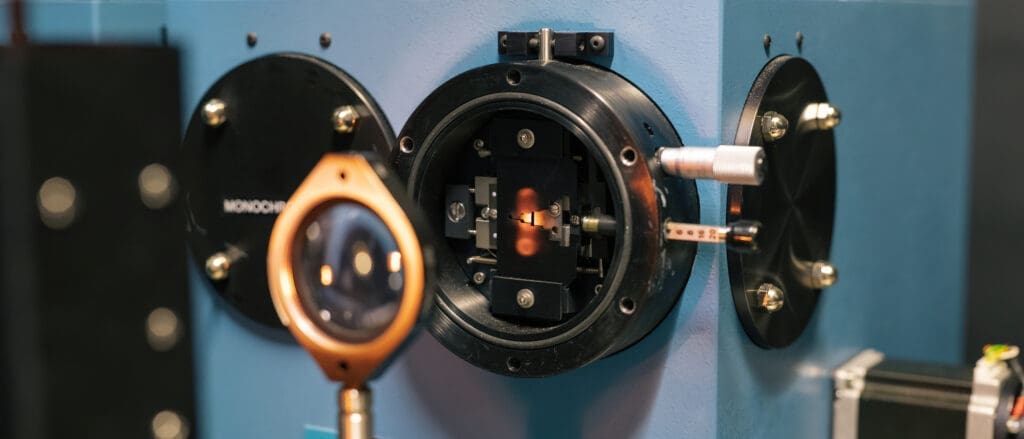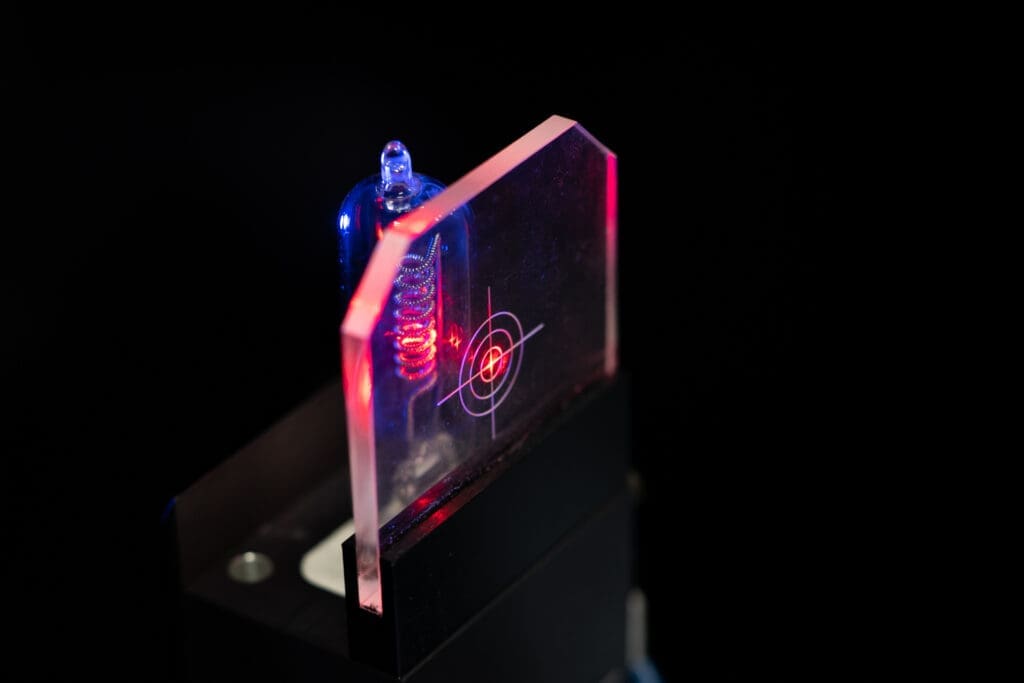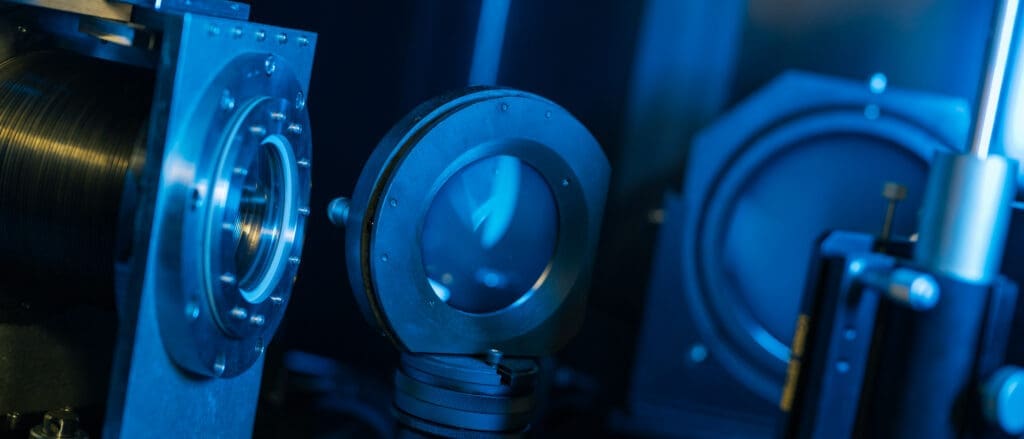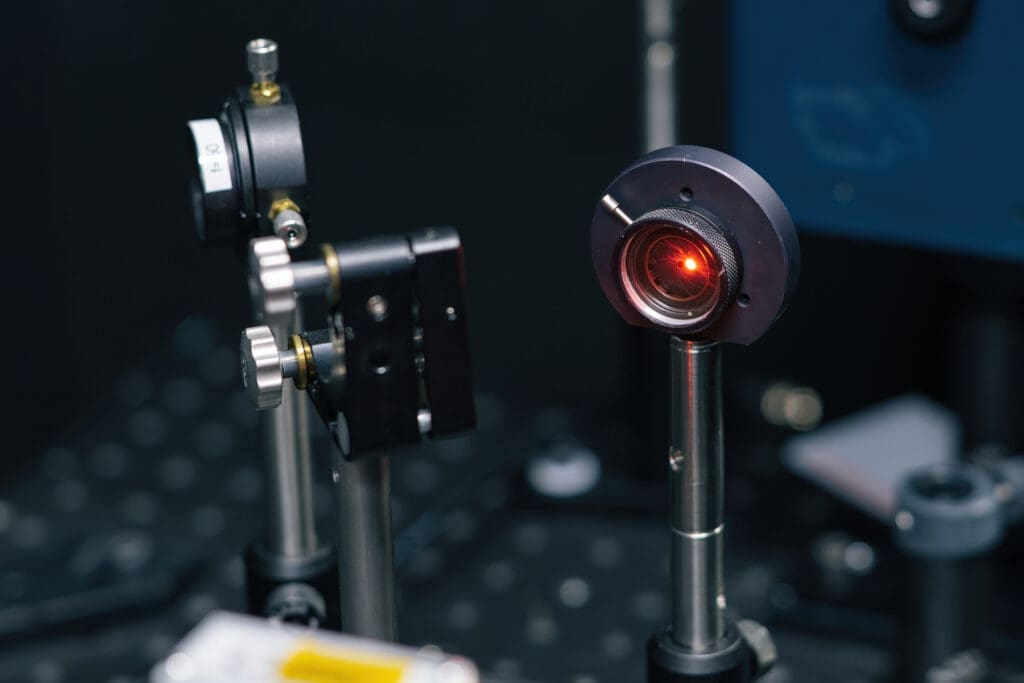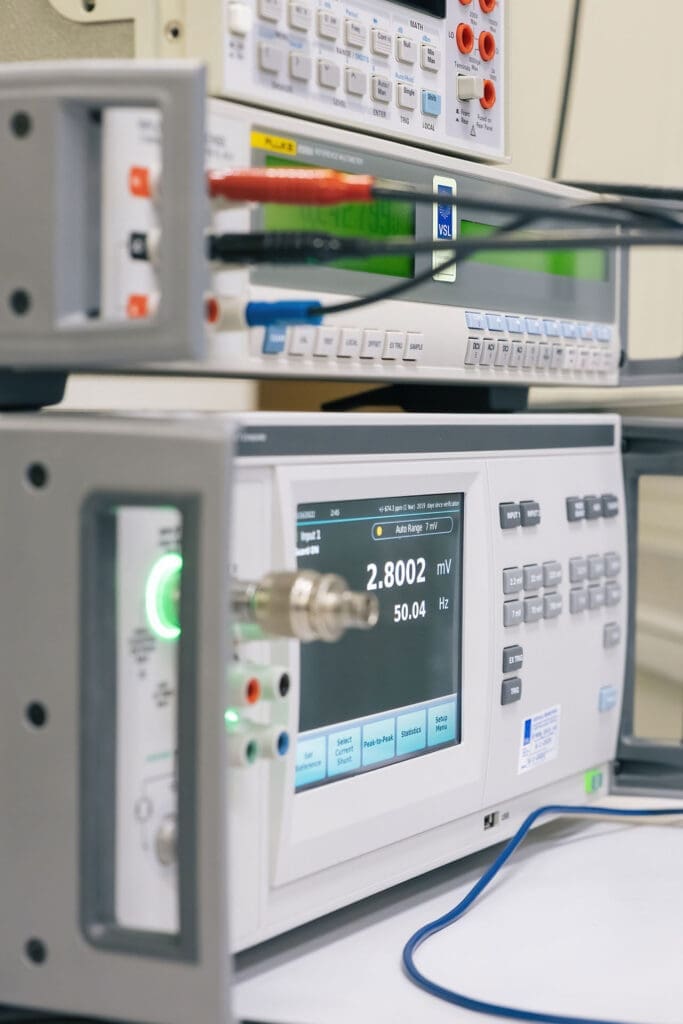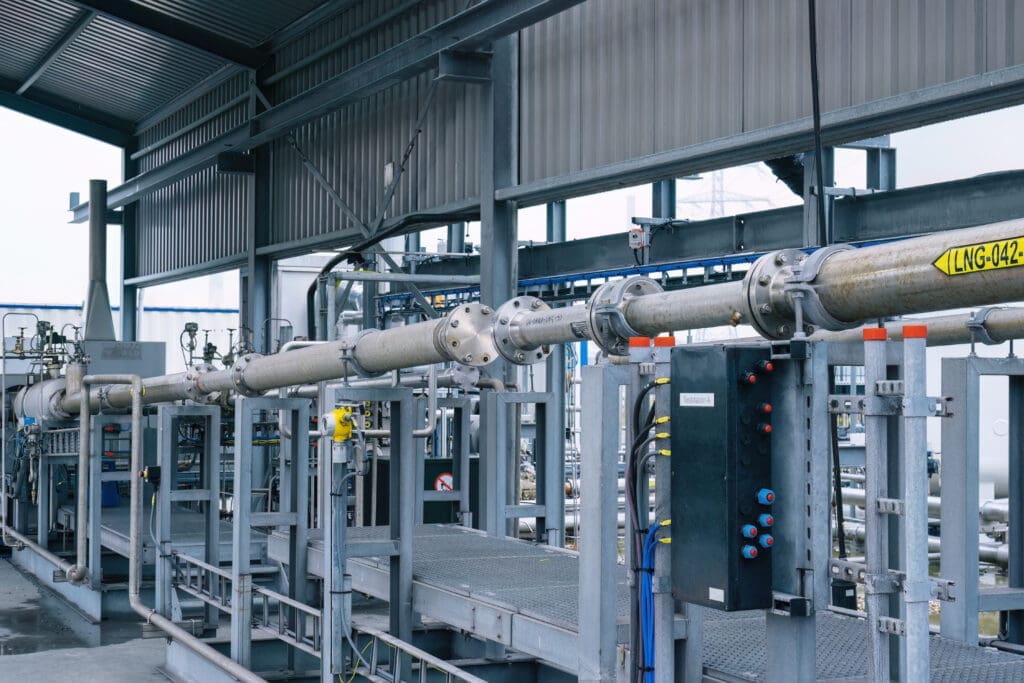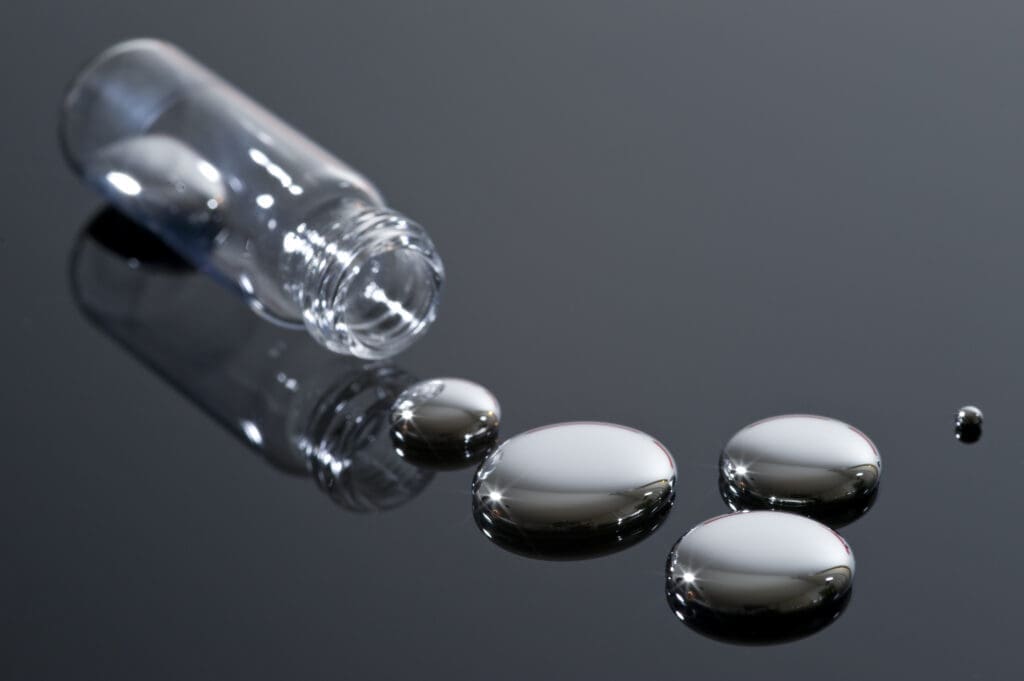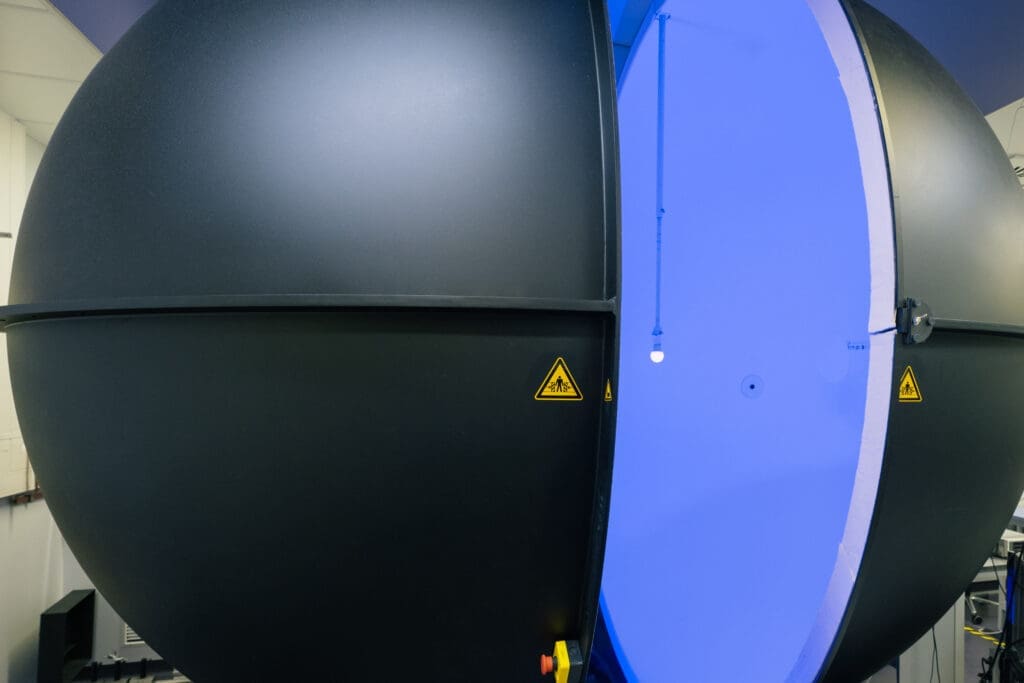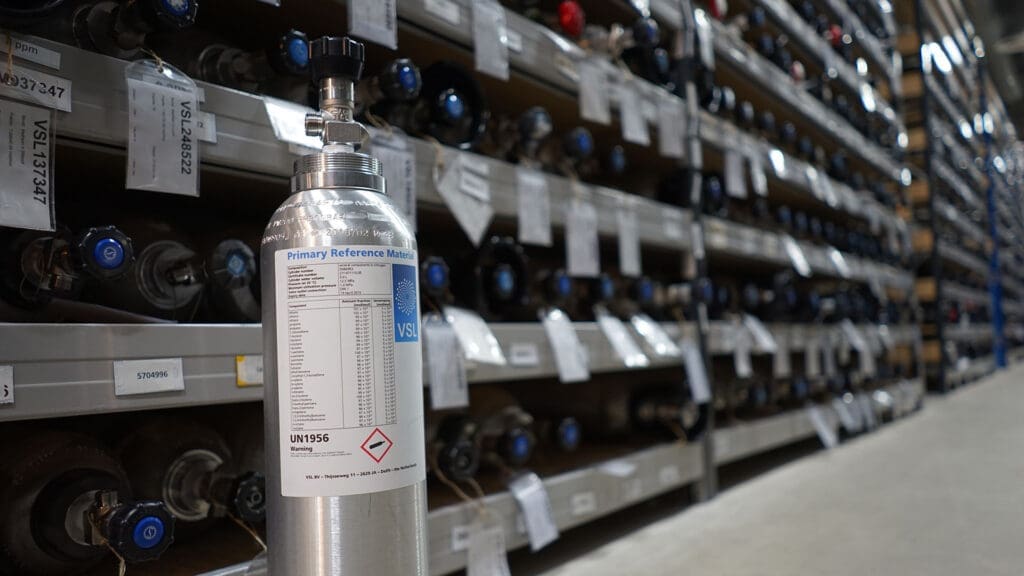Virtual experiments and digital twins (ViDiT)
Projects
Virtual experiments and digital twins (ViDiT)
Virtual experiments and digital twins are key enabling technologies to achieve and realise European strategic policies devoted to sustainability and digitalisation within the complex framework of Industry 4.0 and the European Green Deal. Virtual experiments and digital twins are both simulation models that accurately replicate physical systems and characteristics in a virtual environment. Digital twins further include dynamic updates of the virtual model according to the observed state of its real counterpart. Hence, they consist of two parts, a Physical to Virtual connection that models the considered system and a Virtual to Physical connection that implements prevention and control strategies to achieve the target accuracy in the physical system.
Our role
In this project VSL is developing methods to validate virtual experiments and to calculate GUM-conform uncertainties. These techniques will be applied to a novel virtual coordinate measurement machine (vCMM) for VSL’s most recently acquired CMM, as well as to a virtual flow meter. In the latter virtual experiment it will also be investigated how the presence of single or double elbows upstream of a flow meter affects the readings of the meter.
Start date: May 1, 2023
End date: June 1, 2026
More information on the research project can be found on its web page https://www.vidit.ptb.de
“The project has received funding from the European Partnership on Metrology, co-financed from the European Union’s Horizon Europe Research and Innovation Programme and by the Participating States.”

Would you like to know more about this subject?
Our experts are happy to help.
Gertjan Kok
Scientist Data Science & Modelling
Projects
Our expertise in practice
Read more about our projects.
